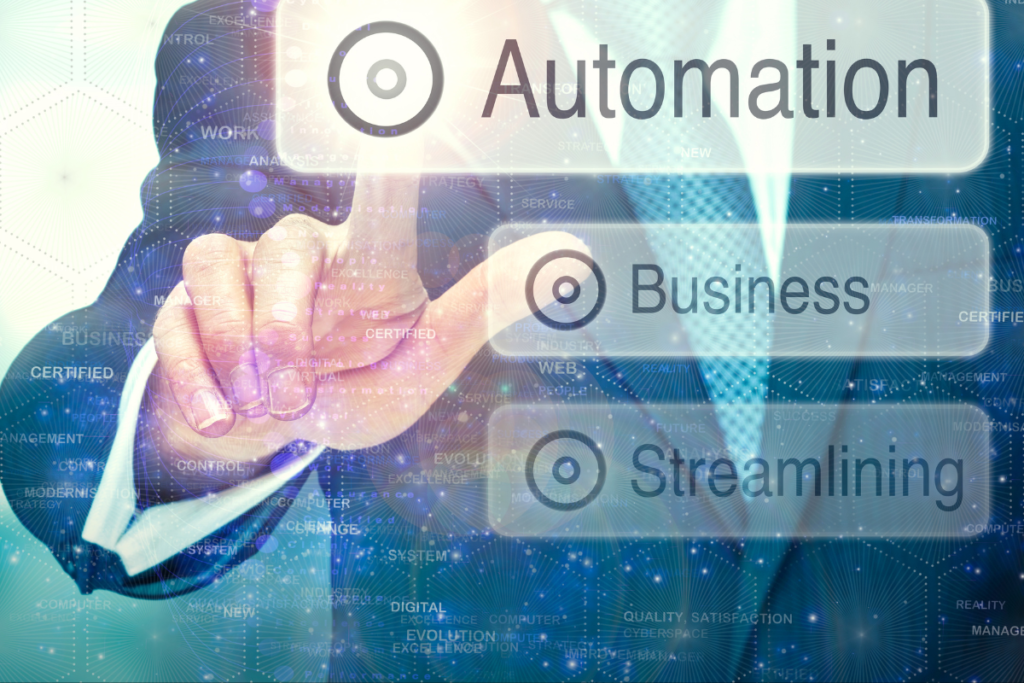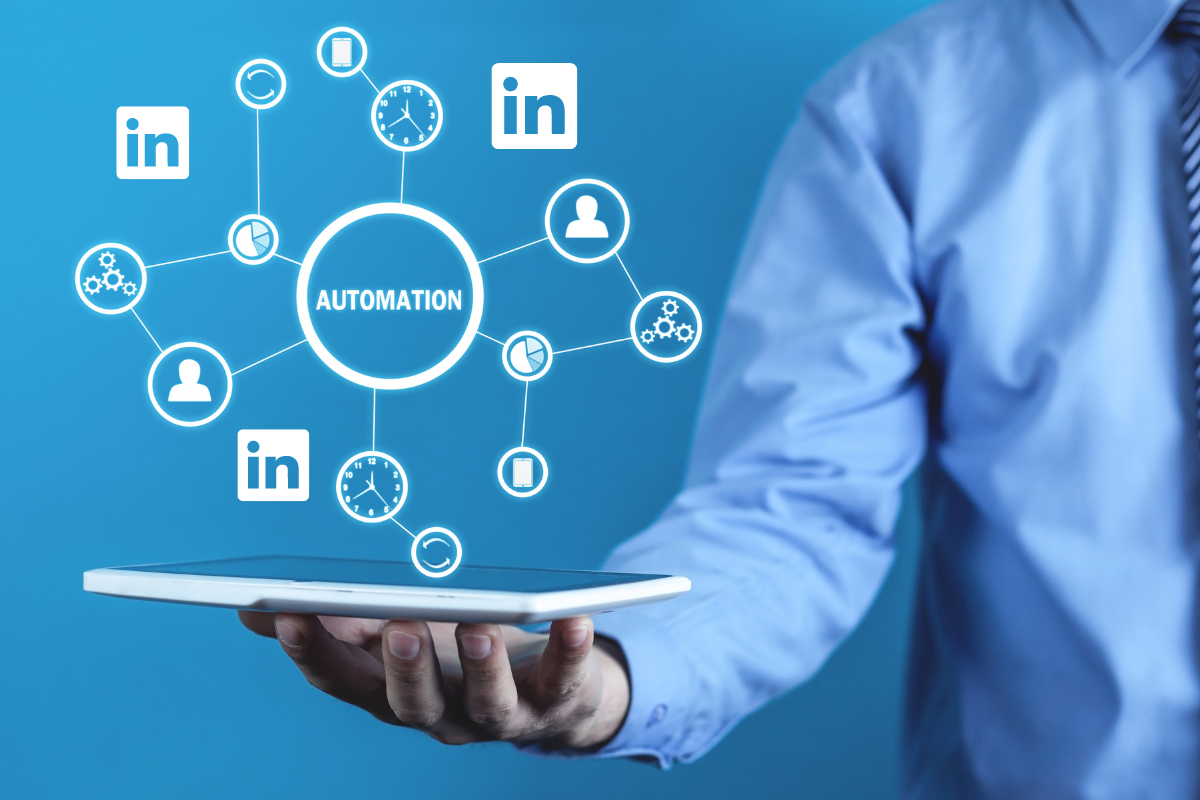LinkedIn is a powerful tool for lead generation and the process can be made even more efficient through automated lead generation techniques. Automated lead generation involves using software and tools to streamline the lead generation process, allowing companies to reach more potential customers in less time.
This process involves importing leads from LinkedIn, nurturing them to obtain their contact information, and implementing a strategy to reach them. By automating the lead generation process, companies can save time and resources while generating a steady stream of high-quality leads.
One of the main benefits of automated lead generation on LinkedIn is the ability to reach a wider audience and generate more leads. It is achieved by leveraging the power of automation to scale the lead generation process, allowing companies to reach more potential customers than they could reach manually.
In addition, automation can help ensure that leads are contacted in a timely and consistent manner, which increases the likelihood of conversion. By automating the lead generation process, companies can also free up their sales team to focus on other essential tasks, such as closing deals and building relationships with existing customers.
Lead generation process
The automated lead generation process on LinkedIn involves several key steps. First, companies must identify their ideal target audience and create a plan to reach them. It may involve creating targeted content, using advertising strategies, and implementing prospecting techniques.
Once leads have been identified, companies can use software and tools to automate the process of collecting their contact information and communicating with them.
Finally, companies should track and analyze their results to continually refine and improve their lead generation strategy. By following these steps and leveraging the power of automation, companies can generate a steady stream of high-quality leads on LinkedIn.
Setting up automated lead generation on LinkedIn
To get started with automated lead generation on LinkedIn, it is essential to create a LinkedIn profile and company page. The profile should be complete with a professional photo, a headline clearly stating your role, and a summary highlighting your skills and experience.
The company page should also be complete with a logo, cover image, and a description of your company. Once the profile and page are set up, it is critical to identify and target the right audience. It can be done by researching and analyzing the industry, competition, and target market.

The next step is to choose and implement an automated lead generation tool on LinkedIn. These tools can help streamline the lead generation process by automating tasks such as sending connection requests, sending follow-up messages, and following up with leads.
It is essential to choose a tool that aligns with your business goals and addresses the specific needs of your target audience. Once a tool is selected, it can be integrated with your LinkedIn profile to start generating leads.
Finally, it is critical to continually optimize and refine the lead generation strategy on LinkedIn. It can be done by analyzing the data and metrics provided by the automated tool and making adjustments as needed. Some effective strategies for lead generation on LinkedIn include creating quality content, interacting with the target audience, and leveraging LinkedIn advertising.
Artificial intelligence can also be used to automate and optimize the lead generation strategy. By automating the lead generation process, companies can save time and resources while generating high-quality leads at scale.
Best Practices for Automated Lead Generation on LinkedIn
One of the key elements of successful automated lead generation on LinkedIn is the creation of effective messaging and content. Messages and content used in the lead generation process should be designed in a way that resonates with the target audience and encourages them to interact with the brand.
This can be accomplished by creating customized messages that address the specific pain points of the target audience, highlighting the brand’s unique value proposition, and using attention-grabbing headlines and images. By crafting effective messaging and content, brands can increase their chances of capturing the attention of potential customers and converting them into customers.
Building strong relationships with potential customers is another essential aspect of automated lead generation on LinkedIn. It involves interacting with potential customers in a meaningful way, providing value through relevant and engaging content, and establishing trust and credibility.
Brands can achieve this by regularly sharing high-quality content, responding quickly to comments and messages, and offering customized solutions to prospects’ pain points. By building strong relationships with potential customers, brands can increase their chances of converting them into loyal customers and brand ambassadors.
Measuring and analyzing the results of automated lead generation campaigns on LinkedIn is crucial to their success. It involves tracking key metrics, such as click-through rates, conversion rates, and engagement rates, and using this data to optimize future campaigns.
Brands can also use A/B testing to identify the most effective strategies and refine their approach accordingly. By continuously measuring and analyzing the results of their campaigns, brands can improve their lead generation efforts, increase their ROI, and ultimately achieve their business goals.

